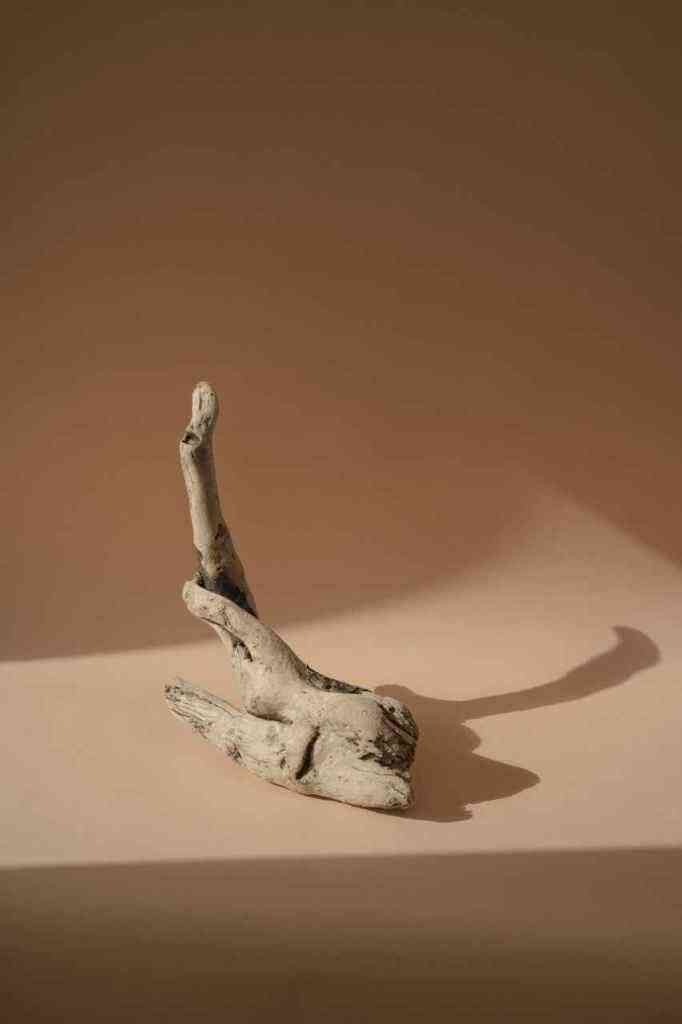Climate Activists Target “Mona Lisa” with Canned Soup at the Louvre Museum in Paris
In a bold act of climate activism, two women affiliated with the collective Riposte Alimentaire (Food Retaliation) made headlines on Sunday when they hurled canned soup at Leonardo da Vinci’s iconic masterpiece, the “Mona Lisa,” at the Louvre Museum in Paris. This audacious act, captured on video, has sparked a global conversation about the intersection of art, activism, and the urgency of addressing the climate crisis.
The Incident: A Daring Display of Protest
The incident unfolded on a busy Sunday afternoon at the Louvre Museum, home to some of the world’s most renowned artworks. As visitors marveled at the iconic “Mona Lisa,” two women, dressed in casual attire, approached the painting, which has been protected behind armored glass since 2005. One of the women removed her jacket to reveal a T-shirt emblazoned with the words “Riposte Alimentaire,” signaling their affiliation with the food sustainability activist group.
With the crowd looking on in astonishment, the women simultaneously threw cans of red liquid, believed to be tomato soup, at the painting. The liquid splattered against the protective glass, creating a stark contrast against the serene and enigmatic smile of the “Mona Lisa.” Undeterred, the activists crossed the wooden barrier separating them from the painting, raising their voices to deliver a powerful message.
The Activists’ Message: Challenging Priorities
In the midst of the commotion, one of the activists turned to the crowd, her voice filled with passion and urgency. She posed a thought-provoking question that echoed through the museum’s grand halls: “What is more important? Art or healthy sustainable food?” Her words reverberated, challenging the conventional hierarchy of values that often places art above other essential aspects of life.
The activists’ message resonated with growing concerns about the global climate crisis and the need for immediate action. They highlighted the stark contrast between the immense resources and attention devoted to preserving artworks like the “Mona Lisa” and the comparatively meager attention paid to addressing the looming threat of climate change.
The Museum’s Response: Preserving Art, Addressing the Incident
Museum workers swiftly responded to the incident, rushing to block the view of the activists and the painting. The “Salle des Etats” (Room of the States), where the “Mona Lisa” is displayed, was evacuated calmly and closed for 90 minutes while the display was cleaned. The Louvre announced that no damage was done to the painting, thanks to the protective glass that has been in place since 2005.
The museum also stated that it would lodge a complaint, though it remained unclear whether this would be directed at law enforcement officials or the activist group itself. The incident has undoubtedly raised questions about the balance between the preservation of cultural heritage and the urgency of addressing pressing global issues.
The “Mona Lisa”: A Symbol of Artistic and Cultural Significance
The “Mona Lisa,” painted by Leonardo da Vinci in the early 16th century, is widely regarded as one of the most iconic and recognizable works of art in the world. Its enigmatic smile and captivating gaze have inspired countless interpretations and discussions over the centuries. The painting attracts millions of visitors to the Louvre Museum each year, making it a symbol of artistic excellence and cultural heritage.
Riposte Alimentaire: A Voice for Food Sustainability
Riposte Alimentaire, the activist group responsible for the soup-throwing incident, is a French collective dedicated to promoting food sustainability and advocating for systemic changes in the food system. They seek to raise awareness about the urgent need to address climate change and its impact on food production, distribution, and accessibility.
Climate Activism in the Art World: A Growing Trend
The incident at the Louvre is not an isolated event. In recent years, international galleries have increasingly become a stage for climate protesters, who have targeted famous paintings using food and paint to draw attention to the climate crisis. These actions aim to provoke conversations about the urgency of addressing environmental issues and challenge the traditional boundaries between art and activism.
Conclusion: A Call for Action and Reflection
The soup-throwing incident at the Louvre Museum has sparked a global debate about the role of art and activism in addressing pressing societal issues. While the “Mona Lisa” remains intact, the activists’ message has reverberated far beyond the museum’s walls, prompting discussions about the need for transformative change and the responsibility of individuals and institutions to address the climate crisis.
The incident serves as a stark reminder of the urgency of addressing the climate crisis and the need for collective action to ensure a sustainable future for generations to come. As the world grapples with the challenges of climate change, the role of art and activism in raising awareness and inspiring change will undoubtedly continue to evolve.
Join the movement, spread the message, and let’s work together towards a greener, more sustainable future.
